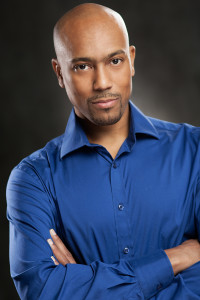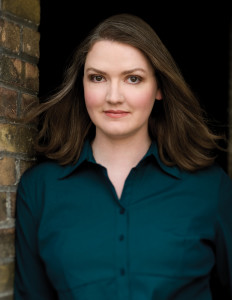A guest post by Doug Dandridge.
Rule of Writing: Thou Shalt Avoid Info-dumps.
I remember when I first started writing and saw this rule, along with some gut busting examples, such as the “As you know” cliché. You know, the conversation between people who both know what the information is, like “as you know, Fred, the matter-antimatter engines work when the two substances annihilate each other, releasing energy.” This conversation is on the face of it nothing more than an attempt to let the reader know how the engines create energy, and is a dialogue that would never really occur between two engineers. The suggested method was to work the information into the story, such as:
“We’re getting an energy spike,” said Fred. “Turn down the antimatter feed.”
The rule works well in most cases, as you can get the background out there without boring or unrealistic conversations, or, even worse in the perception of the rule makers, the long essay that interrupts the story. But is it always necessary to do such? Why not just put it out there?
Not to name names, but there are successful writers out there who info-dump throughout their stories, and they sell lots of stories to lots of fans, in bestselling numbers. I have heard it said of one of these writers that he can get away with it because he is, well, who he is. I tend to agree to that, to a point.
In the first four books of my Exodus series I took great pains to avoid info-dumps, working in scenes that really had little purpose but to get information about background or tech out there for the reader. With book five I started doing some info-dumps of my own, only a short paragraph here and there, and heard nothing negative back from my fans.
Now, as a military science fiction writer, I have many scenes in my books that are narrative only, though filled with action. Missiles flying through space don’t have viewpoints. It seems to make more sense writing in narrative in these circumstances, maybe interspersing some viewpoints of the people on-board to get the emotional impact.
As I have continued developing I have actually expanded my info-dumps, though I still try to keep them in the here and now. For example, from my latest book:
The heightened luminosity of the star, millions of times normal, would continue to shine through the system for months, first increasing over several weeks, then dropping off. The remaining mass of the stellar body, still over five times that of Sol, first moved out with the explosion, then fell back in as gravity re-exerted its force. It heated up to millions of degrees as the pressure increased to almost unbelievable levels, slowing the collapse. But collapse was inevitable, and the matter continued to press inward, first turning the five Sol mass into a ball of neutrons that would normally be the ultimate fate of matter, there being no space between the particles to speak of. This mass was fated to an even more bizarre end, as it crushed past the neutron stage and continued to collapse, gravity rising to the point where even light no longer possessed the velocity to escape. The mass pinched off from the universe into a self-contained bubble of space-time, and a new black hole was born.
Another way to info-dump is with an opening passage. In my story, Goliath, which appeared in Kevin J Anderson’s Five By Five Three, I open the story (at the suggestion of Kevin) with a long passage filling in the details of the conflict the story takes place in. One reviewer commented that it seemed like the opening of a Star Wars movie (just as Kevin said), and was effective in that it made way for the rest of the story to concentrate on the action.
Like most rules of writing, eschewing info-dumps should be taken as a suggestion, not as an absolute. I, too, get bored as hell reading three complete pages about some kind of industry that leads into yet another info-dump about some related topic. I turn into a skimmer at that point, trying to fight through the passage to get back to the enjoyment. But they still have their place, if done properly. Which means not in page after page of basically technical babble, but judicious narrative that fills in the informational gaps in the story. Too many stories devolve into bouts of pure confusion as action takes place and conversation advances, and no reader has enough background information to guess what is actually going on. The story becomes an author-written intelligence test, seeking to prove the puzzle solving ability of the reader. At that point the story had ceased to be enjoyment, ceased to become escape. And those are the stories that people don’t want to spend their time and money on.
Doug Dandridge is a Florida native, Army veteran and ex-professional college student who spent way too much time in the halls of academia. He has worked as a psychotherapist, drug counselor, and, most recently, for the Florida Department of Children and Families. An early reader of Heinlein, Howard, Moorcock and Asimov, he has always had a love for the fantastic in books ad movies. Doug started submitting science fiction and fantasy in 1997 and collected over fur hundred rejection letters. In December of 2011 he put up his first self-publishing efforts online. Since then he had sold over 100,000 copies of his work, and has ranked in the top five on Amazon Space Opera and Military Science Fiction multiple times. He quit his day job in March 2013, and has since made a successful career as a self-published author.




